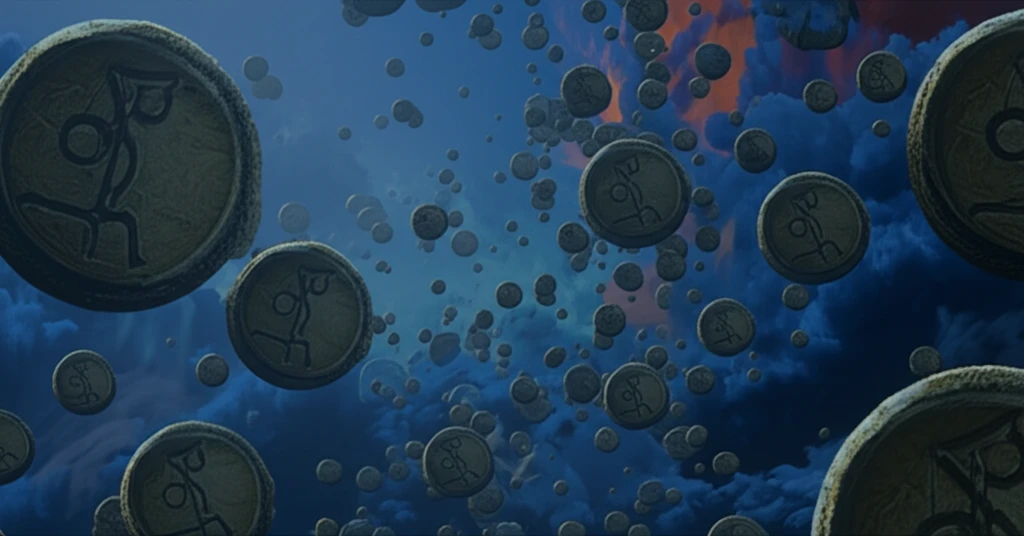
Unlocking the Secrets of the Archanes Script: A Journey into Europe's Oldest Writing?
"Deciphering the Enigma: Reassessing the Archanes Script and its Pivotal Role in the Evolution of Writing in the Aegean and Beyond"
The story of writing is often told with familiar landmarks: Mesopotamian cuneiform, Egyptian hieroglyphs, and the Phoenician alphabet. However, a lesser-known script, the Archanes Script from ancient Crete, may hold a crucial piece of the puzzle for understanding the development of written communication in Europe. Attested on Crete at the end of the third and beginning of the second millennium BC, this series of glyptic inscriptions has intrigued and perplexed scholars for decades.
Collectively referred to as the ‘Archanes Script,’ these minute engravings are considered to represent the earliest appearance of writing west of Egypt, and the first 'true' writing in the Aegean. Mentioned in passing in almost every study of Bronze Age Aegean writing, few scholars have ever offered a definition of what exactly they consider the ‘Archanes Script' to be. The challenge lies in its elusive nature: What exactly constitutes the Archanes Script? Which signs belong to its signary, and which documents comprise its corpus?
This article delves into the complexities of the Archanes Script, exploring its history, the debates surrounding its definition, and the latest research that aims to redefine its place in the history of writing. By examining the script’s signs, iconography, and material context, we will attempt to answer the fundamental question: Is the Archanes Script a mere collection of decorative motifs, or does it represent a genuine, independent writing system?
What Makes the Archanes Script So Difficult to Define?

One of the primary reasons the Archanes Script remains so enigmatic is the lack of scholarly consensus on its definition. While most scholars acknowledge its existence, few have offered a concrete explanation of what they consider to be the Archanes Script. This has led to a situation where even the basic elements – the signs themselves – are subject to debate.
- The Yule Definition: The initial coining of the Archanes Script term by Paul Yule in 1980 defines the ‘earliest clearly definable script known in Crete. However, Yule did not enumerate the ‘signs represented', nor did he clearly differentiate between script sign and iconographic ‘motif.'
- Motifs or Signs?: Some researchers see the Archanes Script as a group of seals connected by decorative motifs rather than an actual writing system. The term 'Archanes Formula' offers a way to discuss the system's prominent element while avoiding the question of whether it is a wider script.
- The CHIC Definition: Clear enumeration of all seals they consider to belong to the Archanes Script and Cretan Hieroglyphic documents published in 1996, the editors provide a primary corpus of Cretan Hieroglyphic documents. A clear distinction is drawn between the ‘Archanes Formula' as a sequence of signs attested as part of but not necessarily constituting – the ‘Archanes Script', and the script itself.
The Future of Archanes Script Research
The Archanes Script, though often overshadowed, offers a unique window into the intellectual and communicative landscape of Bronze Age Crete. Further research, embracing interdisciplinary approaches and rigorous analysis, promises to unlock more of its secrets and illuminate the dawn of writing in Europe. By continuing to refine our understanding of the Archanes Script, we move closer to a comprehensive picture of human innovation and the power of the written word.
